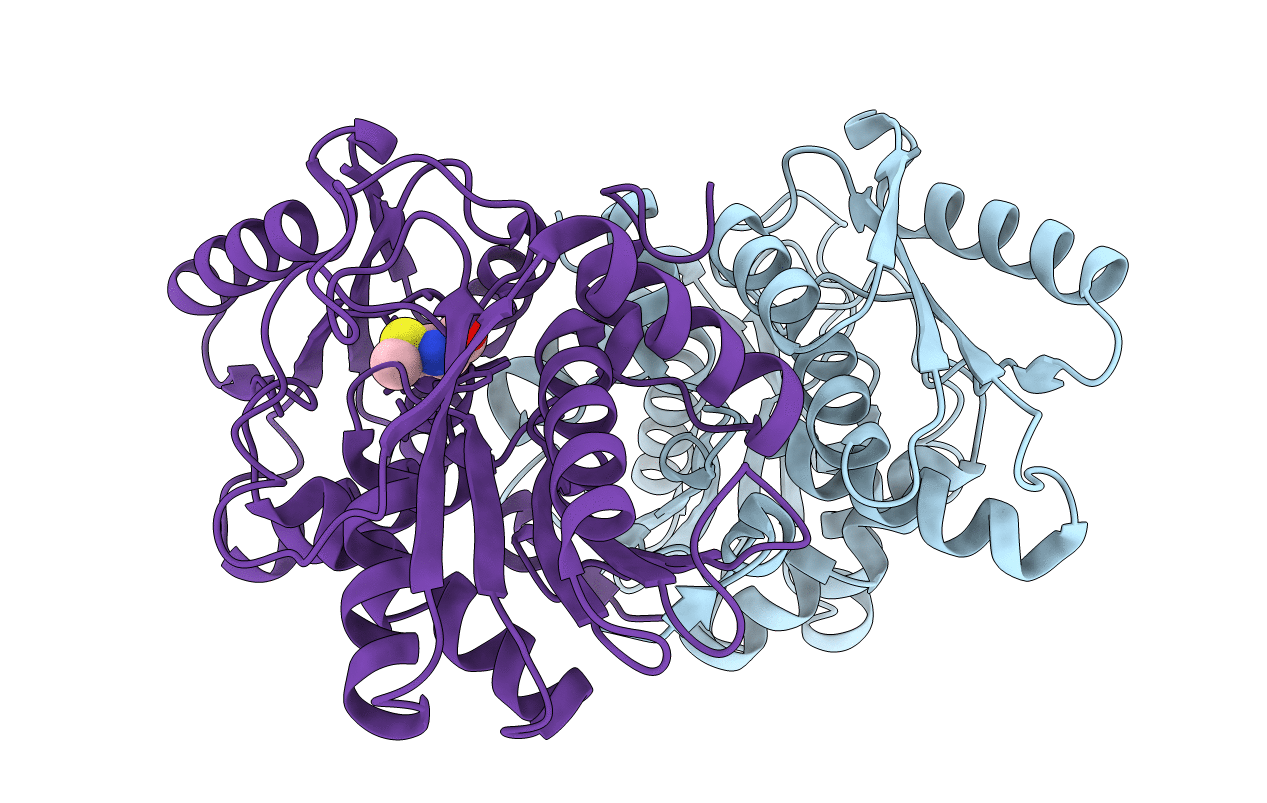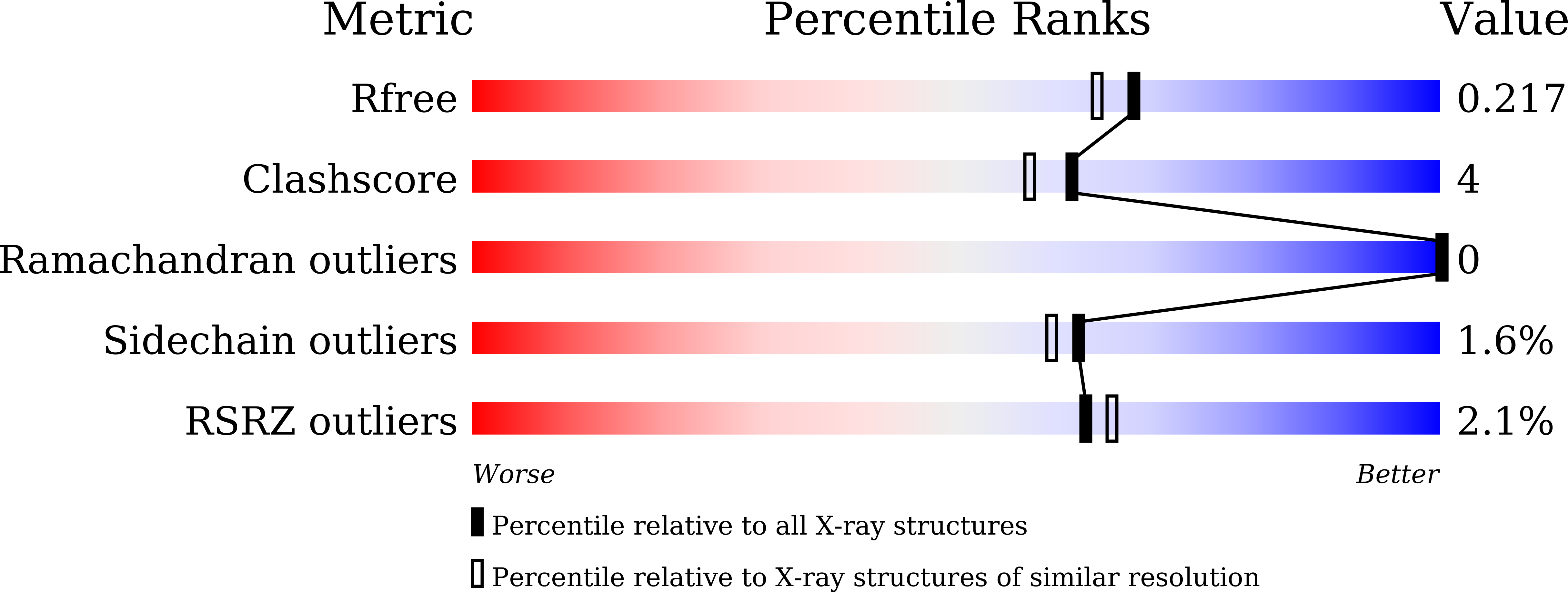
Deposition Date
2018-08-19
Release Date
2018-09-05
Last Version Date
2023-11-22
Entry Detail
PDB ID:
6AHI
Keywords:
Title:
Crystal structure of O-acetylserine dependent cystathionine beta-synthase from Helicobacter pylori.
Biological Source:
Source Organism:
Host Organism:
Method Details:
Experimental Method:
Resolution:
1.90 Å
R-Value Free:
0.20
R-Value Work:
0.18
R-Value Observed:
0.18
Space Group:
P 2 21 21


